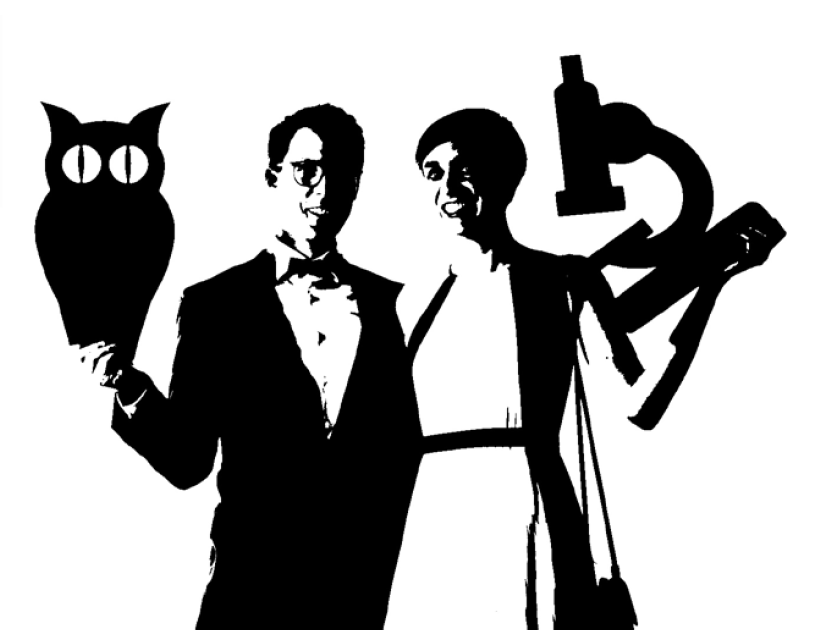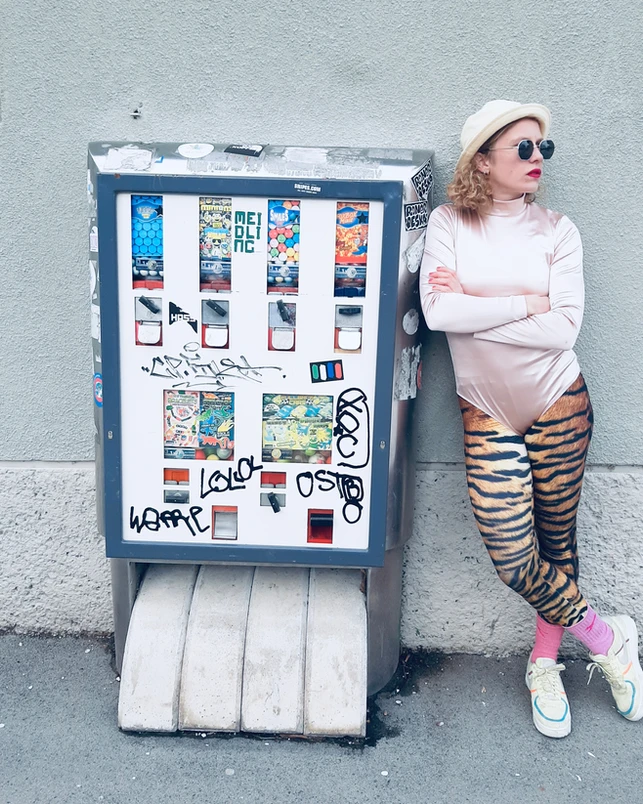Undoubtedly, an emotional highlight of the midnight extravaganza: Europe’s anthem, the “Ode to Joy” from Ludwig van Beethoven’s 9th Symphony, as a sing-along modeled on the Last Night of the Proms. Here are the lyrics. Do give it a try! Continue reading Ode to Joy
Category Archives: Archive
The wrinkle-free photo box
It is a particular favorite at the Science Ball: the wrinkle-free photo box creates graceful silhouettes reminiscent of 18th-century silhouettes – depicting the faces of ball guests free of all worry lines and signs of exertion on the dance floor. The symbols are borrowed from science. Proceeds from the free-will donations will go to the MORE Refugee Initiative of the University Conference uniko.
Want to upload your own prom photos?
Feel free to do so at #sciball24 or @sciball
Mendel’s disco
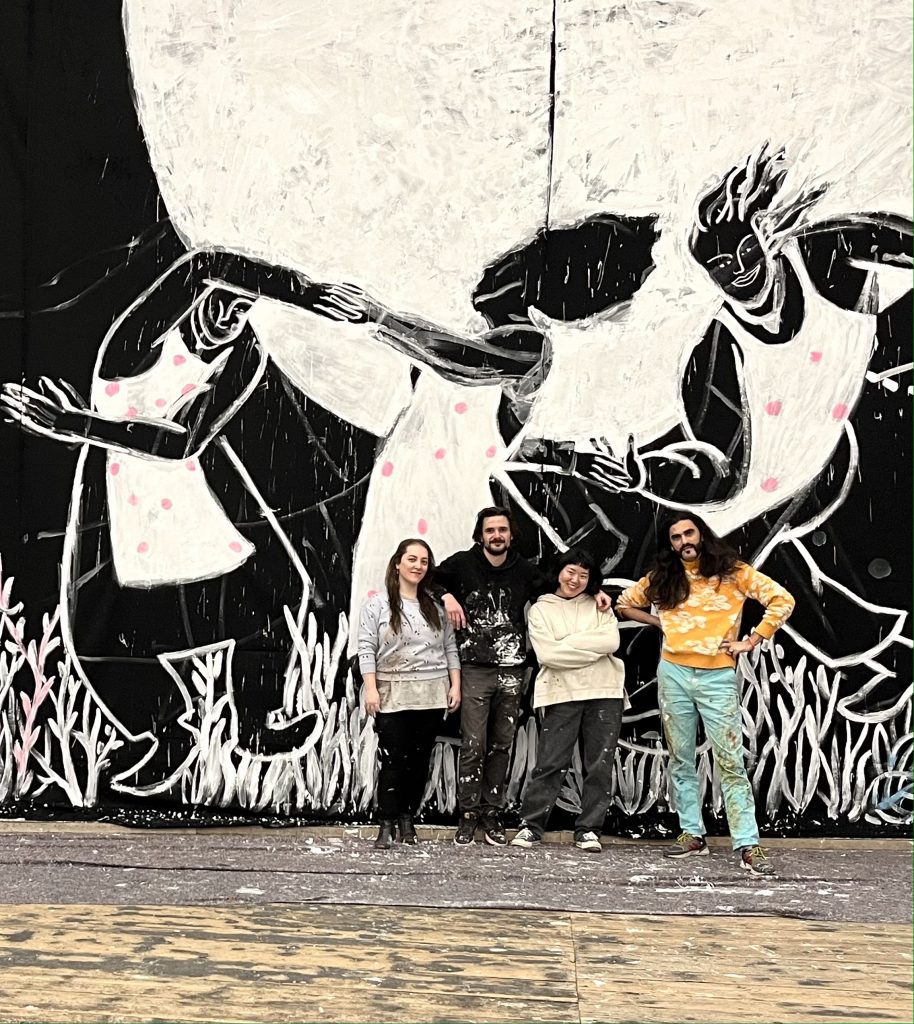
How do you set genetics in motion? Students of the Academy of Fine Arts project their ideas onto the walls of the ball disco. Continue reading Mendel’s disco
Midnight extravaganza at 1am
For the midnight interlude at 1 a.m. in the discotheque, Anna Mabo climbs onto the stage “with ease”. She can do it all: arena in an ankle-deep mire and Musikverein in Eurovision. For the 2023 New Year’s concert, Mabo wrote a text to the piece “Heiterer Muth. Polka française” by Josef Strauss. The text was sung by the Vienna Boys’ Choir and – dig out the smelling salts – for the very first time in the history of the New Year’s Concert, the Vienna Choral Girls.
Precious pea
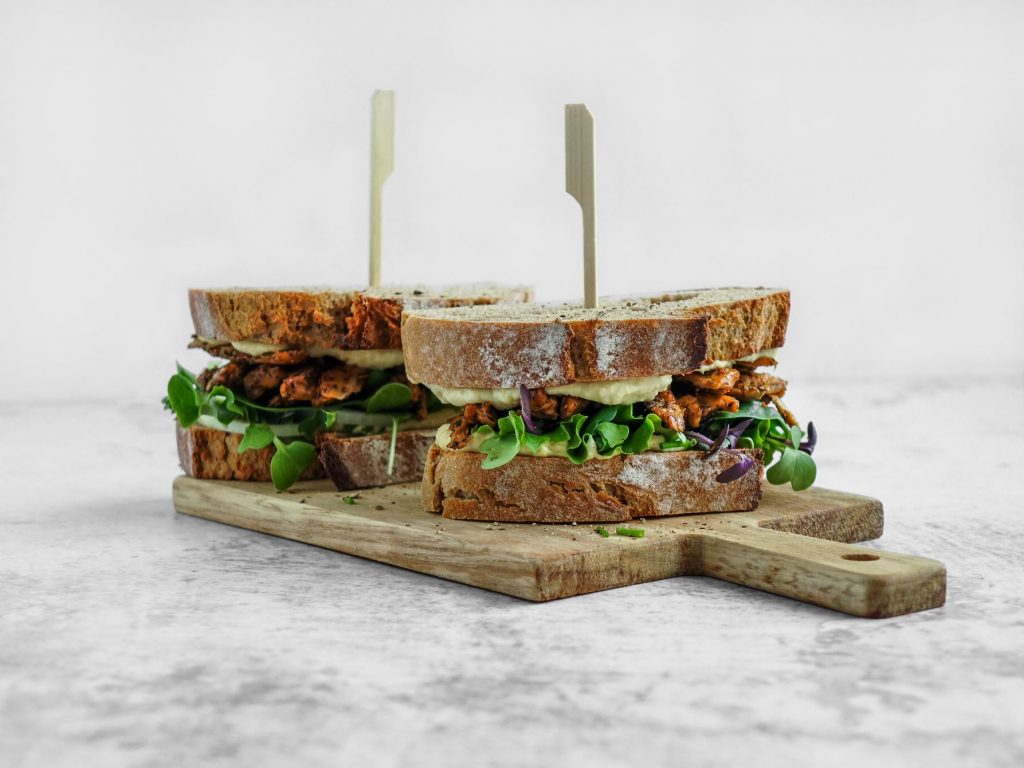
A tavola! Club sandwich with chive hummus. Just one of many meals derived from peas and their protein./ Photo: Planted
People have been using peas for thousands of years, and rightly so, as they are full of protein. Thanks to modern food technology, these very proteins make it possible to enjoy meat in a sustainable way.
A tasting by Dorian Schiffer
When Gregor Mendel founded the theory of heredity with the pea plants from his Brno monastery garden, mankind had already been cultivating the little green balls for thousands of years – because the pea is not only an object of study for genetics, but also one of the oldest staple foods. Originally from Asia Minor, the pea has been with us for 10,000 years. And there is a reason for this: the seeds of the pea plants are a rich source of nutrients and can be easily stored when dried. Continue reading Precious pea
Venus at the Science Ball
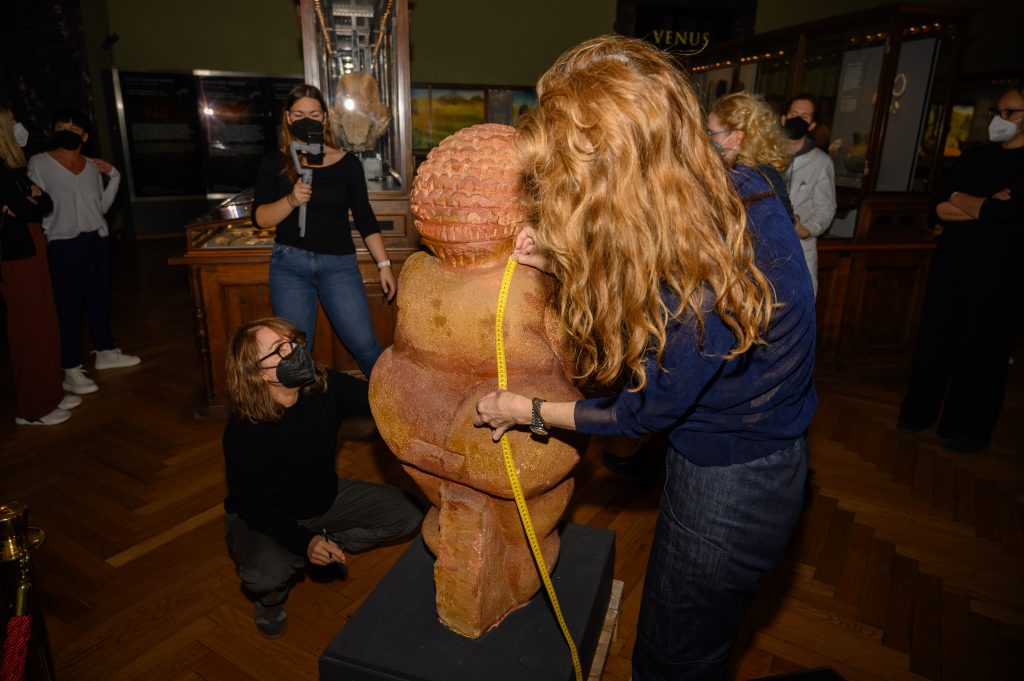
Archetype of femininity, goddess, sex symbol: For millennia, the Venus of Willendorf has excited and fueled the interest of science and the public.
by Denise Meier
Today is the day of the first fitting. She gets her own dress. If someone had told her that almost 30,000 years ago, she probably wouldn’t have believed it. But now, in 2022, the time has finally come. Her small, roundish figure will be wrapped in the most beautiful fabrics that designer Michaela Mayer-Lee has to offer. Mayer considers – black is too plain, red won’t set her apart enough from the background, silver is perfect. It flatters her terracotta skin tone so beautifully. Continue reading Venus at the Science Ball
Mendel’s legacy between Brno and Vienna
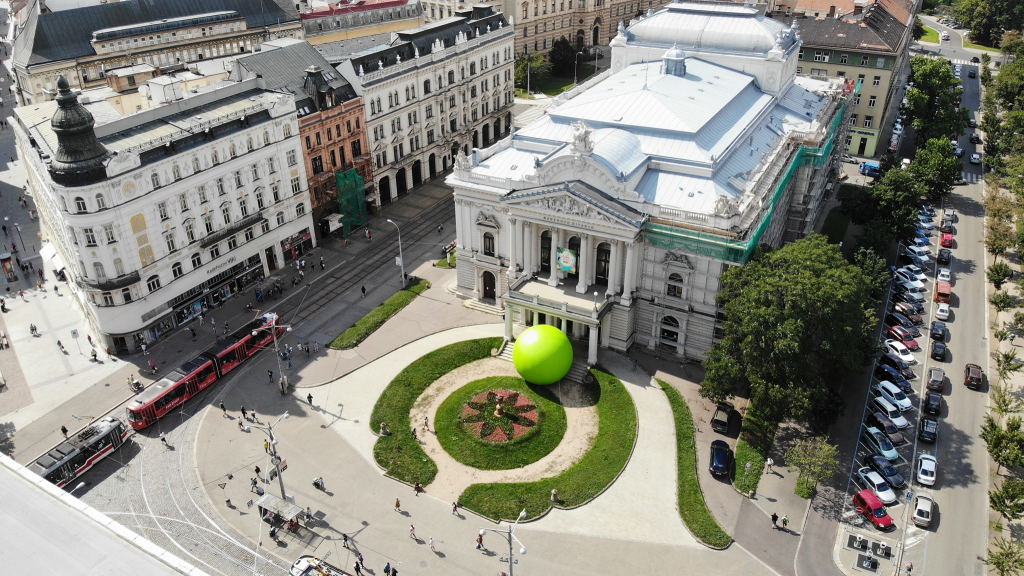
by Anna Goldenberg
The pea sighted in Vienna in the spring of 2022 was seven meters tall. Gregor Mendel would probably have racked his brains over how this cultivation succeeded. The inflatable pea had traveled from his hometown of Brno and made a stop at the University of Natural Resources and Applied Life Sciences (BOKU) and the University in Vienna as part of the anniversary year. It also paid a visit to the Science Ball. Continue reading Mendel’s legacy between Brno and Vienna
Tomorrow’s bike
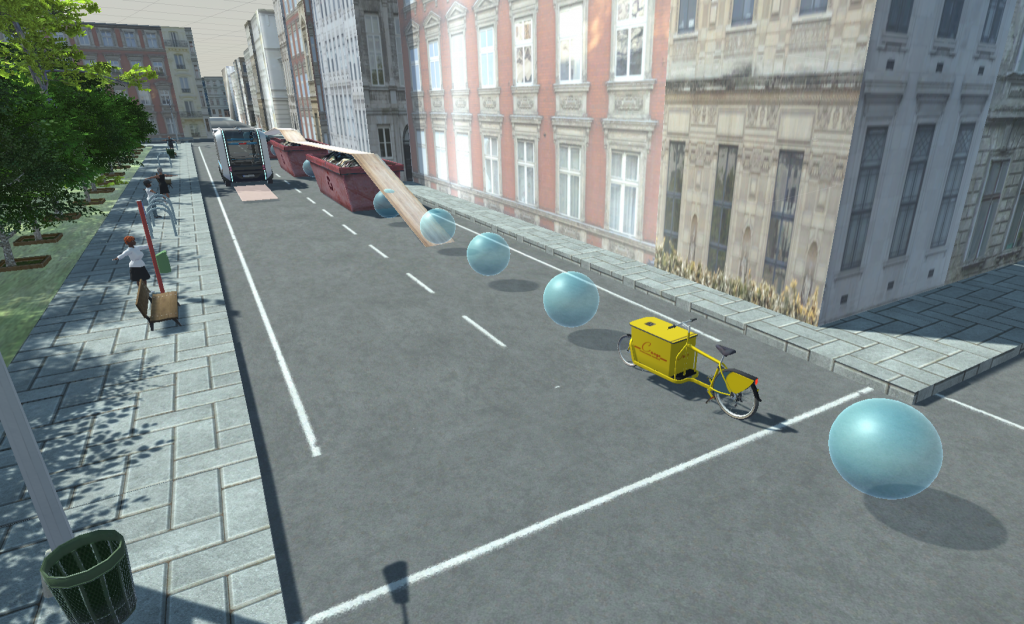
Cycling keeps you fit and is good for the climate. However, too few people pedal. A cycling simulator from TU Vienna is to help develop a bicycle for all.
by Dorian Schiffer
Of course Florian Michahelles rides his bike. Almost every day, he makes his way to work at the Faculty of Computer Science at the Vienna University of Technology on two wheels – even in the cold season, despite the bad weather and early darkness. This makes the professor of ubiquitous computing one of a minority: as of 2021, only nine percent of trips in Vienna are made by bicycle, while a whopping 26 percent are made by car. This figure must be reduced, as the large number of cars causes traffic jams, bad air and CO2 emissions. Continue reading Tomorrow’s bike
Flourishing genetics
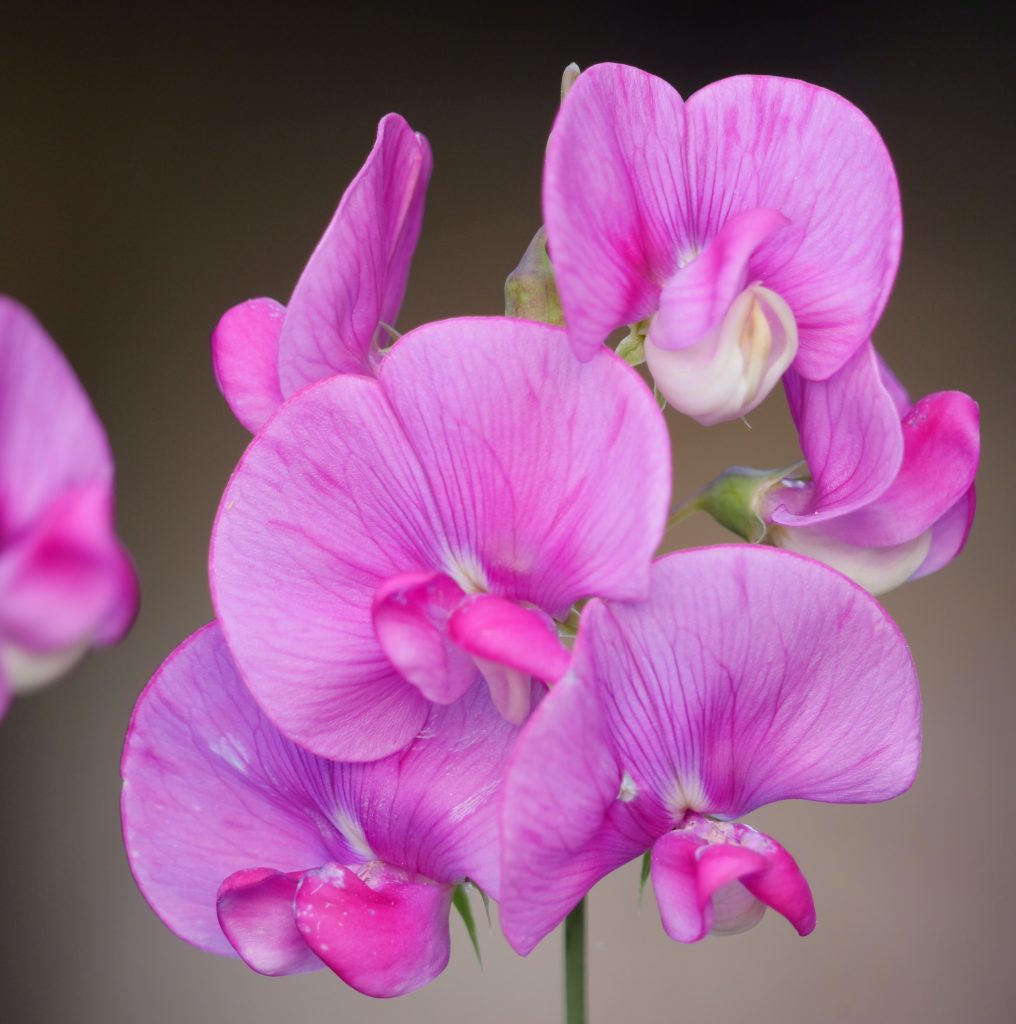
The floral decoration is also based on the character species of genetics: the pea.
An appraisal by Hannah Müller
An extraordinary ball evening calls for extraordinary decoration: this year, the floral decoration is all about the pea. The Augustinian monk Gregor Mendel discovered the genetic inheritance of external characteristics by crossing purple and white pea flowers. Continue reading Flourishing genetics
Franz Essl: Everyone can contribute to change
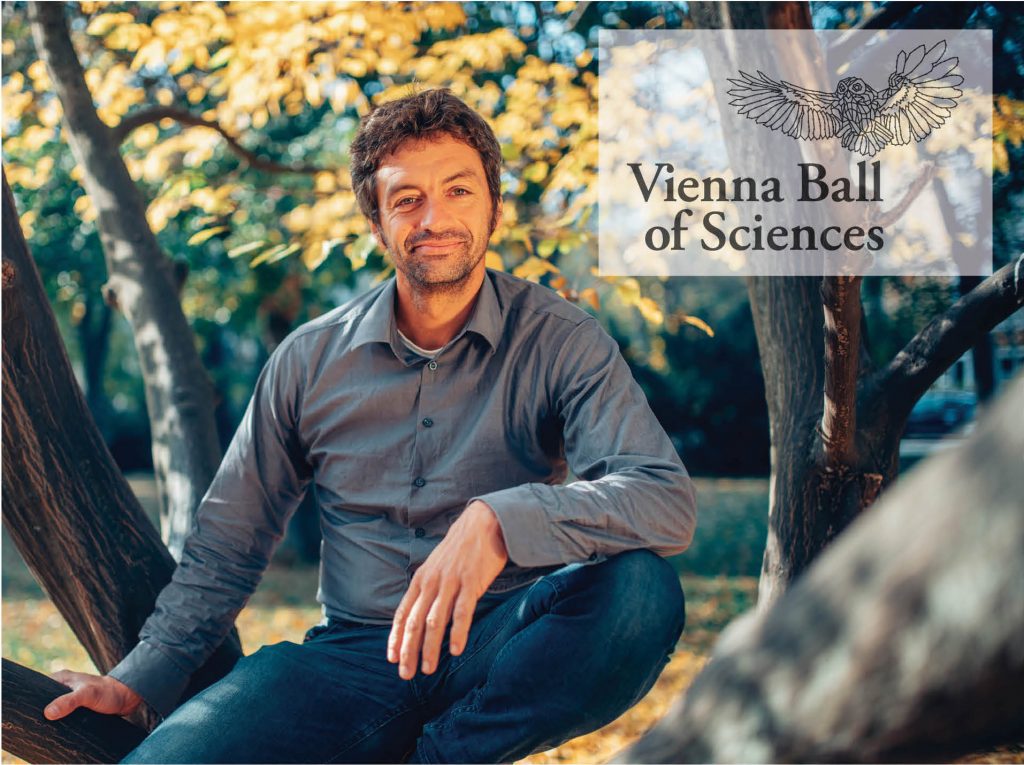
The ecologist Franz Essl (University of Vienna) was one of our Ball Ambassadors in 2020. In 2023, the Club of Education and Science Journalists presents him as Scientist of the Year. We are delighted and congratulate Franz Essl very warmly. Here is an excerpt from an interview that Katharina Kropshofer conducted with the professor at the Department of Botany and Biodiversity Research for Ball Magazine 2020. His message has lost none of its relevance or poignancy. Go to the full-length interview (in German) here. Continue reading Franz Essl: Everyone can contribute to change
